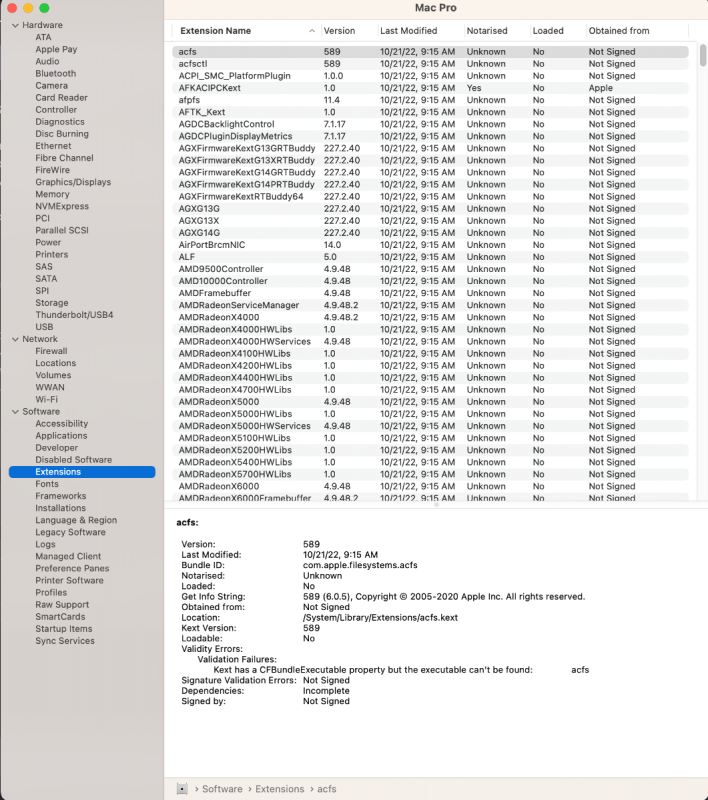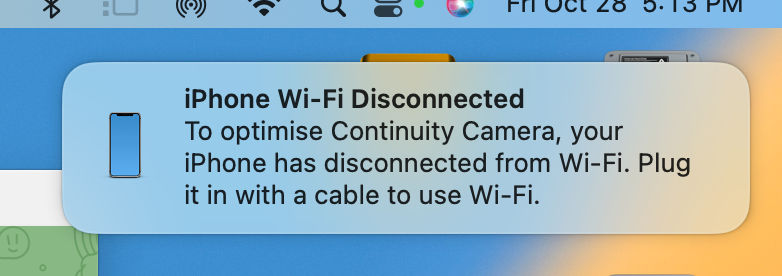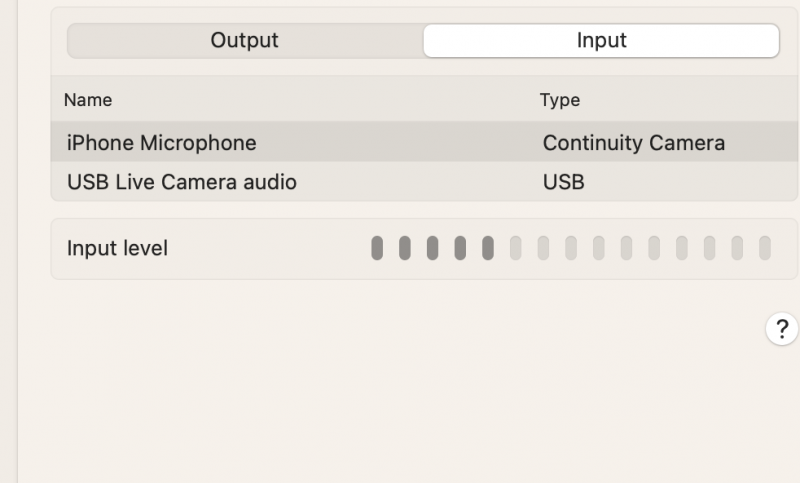-
Posts
11,699 -
Joined
-
Days Won
566
Content Type
Profiles
Forums
Events
Downloads
Everything posted by fabiosun
-
Which problem have you with illustrator? here 2023 version is fine without any patch if you need for some feature use always AMDFriend script
-
-
Non funziona bene il download dei kext controlla lo zip dovrebbe essere di pochi bytes usa power tool per scaricare i kext nel caso
-
Yes take a look here:
- 3,995 replies
-
- 3
-

-

-
- amd vanilla patches
- amd kernel patches
- (and 3 more)
-
Ciao Perdu grazie per le info tu non hai però una cpu Amd e questa nuova funziona è su ventura è nuovi iPhone Hi Perdu, thanks for the info But you don't have an Amd cpu and this new one works is on ventura is new iPhone
-
Roy, if you have a trx40 you must check that quirk on and create your MMIO whitelist For trx40 is mandatory to boot if you like put your hardware in your profile signature and if you need use trx40 discussion to have help to configure it properly Link to TRX40 discussion thread
-
It should be done with hardware you have mounted and checking differences if you change your bios settings there is no a better way important is to check mmio values and if they change when you add or remove hardware and imho and experience if your system starts with devirtualizemmio quirk off You could avoid to do this procedure The area will be in the same number only the values to convert could change with different mounted hardware or different bios option
-
@emilianoEFi rimossa 34 Mb di EFI sono troppi Soprattutto per la richiesta fatta anche da chi ti aiuta in questo momento di allegarla tramite un link esterno al sito Questo per mantenere veloce e fruibile il nostro database di allegati grazie sono certo che capirai!
-
SIP in primis e poi SecureBootModel se SIP abilitato già lo hai
-
e oltre a quello che ti dice Lorys89 ti manca anche la leaf7 patch mentre questa la puoi anche eliminare algrey - _cpuid_set_generic_info - Set microcode=186 - 10.13/10.14/10.15/11.0/12.0 patchesxKekkoSerra.plist.zip@KekkoSerra queste allegate sono corrette per te (per ogni OsX) non ho controllato il resto del tuo config, ma se ti partiva un OSX qualsiasi va bene 🙂
-
Sei in una botte di ferro (Attilio Regolo)
-
ok aveva detto che ne prendeva una XTXH o simile ma forse ho capito male si aggiorna non sono gravi li sistemi aggiungendo un kext (RestricEvents). cambiando SMBios
-
se hai un device id differente come credo va fatto un ssdt niente di che ci pensa Lorys89 che io ci metto di piu' nel caso pero' prima aggiorna al sistema che desideri
-
La gpu come te la vede posta la schermata che ti e' stata chiesta altrimenti non serve poi avere ultimo sistema
-
il suo obiettivo deve per forza essere da Big Sur 11.4 in su Altrimenti la Gpu risulterà un bel mattone da un paio di Kg😂
-
@Asgardoanche con catalina posta una schermata di hack check dove si vede la grafica che se ho capito bene il tuo modello... devi fare un ssdt spoof
-
c'e' pikera...
-
before to have the chance to patch any app you want you have to install well the script Devs has prepared an executable file which could help you https://github.com/NyaomiDEV/AMDFriend/releases/tag/v1.0.2 download it then from terminal xattr -c /Users/fabio/Downloads/amdfriend and then chmod +x /Users/fabio/Downloads/amdfriend then you can try to patch photoshop sudo /Users/fabio/Downloads/amdfriend --in-place --sign --directories /Applications/Adobe\ Photoshop\ 2023/Adobe\ Photoshop\ 2023.app
-
@shirsha for internal ethernet , if both internal in your motherboard try with both Few chances but it is the only solution that in other chipset could work
- 3,995 replies
-
- amd vanilla patches
- amd kernel patches
- (and 3 more)
-
done grazie
- 3,995 replies
-
- 1
-

-
- amd vanilla patches
- amd kernel patches
- (and 3 more)
-
it is what I am saying from a bit for ethernet you can try (but only a desperate try) to use your old kext and add e1000=0 to your boot args Airport kext should work, you have to find the exact combination working in Ventura here I can't help because I do not use it
- 3,995 replies
-
- amd vanilla patches
- amd kernel patches
- (and 3 more)
-
Yes @shrishaand also a quirk to use but it does not help amd rigs
- 3,995 replies
-
- 1
-

-
- amd vanilla patches
- amd kernel patches
- (and 3 more)







